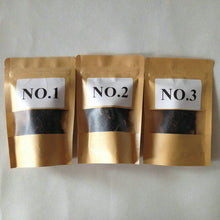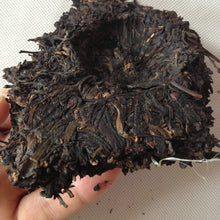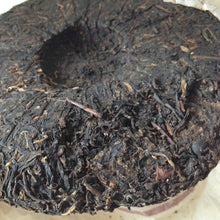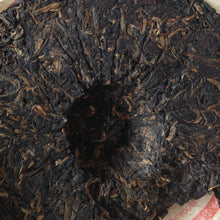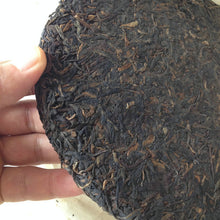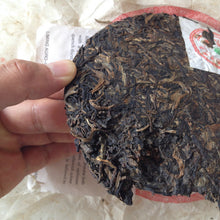
Explore the Art of Storage: A Curated Tea Sample Set from Guangzhou
Embark on a sensory journey with our exclusive tea collection, designed to showcase the fascinating impact of different storage conditions on tea. This set is a testament to the craft of tea aging, offering a unique opportunity to compare teas from wet, natural, and dry storage environments.
What Sets This Collection Apart:
-
Authenticity at Its Core: While this project isn't about verifying authenticity, we assure you that each tea's origin and processing are genuine and traditional.
-
Focus on Aged Teas: Selected for their remarkable ability to reveal the nuances of storage, these aged teas provide a clear contrast in flavors and aromas influenced by their respective conditions.
-
Distinctive Characteristics: Each tea in this collection is a quintessential example of its storage type. However, it's important to recognize that 'storage condition' is a broad term encompassing various factors.
The Composition of the Set:
Our set includes three distinct teas, each a representative of a different storage style, intriguingly labeled as No.1, No.2, and No.3. To enhance the experience of discovery, the assignment of these numbers to specific storage types is deliberately varied with each set. You might find No.1 from wet storage in one set, while it could represent dry storage in another.
A Journey of Discovery:
Alongside each tea, you'll find detailed information about its origin, the tea factory, its name, storage conditions, and other fascinating aspects. We encourage you to taste these samples and form your own impressions before delving into the documentation provided. This approach allows for an unbiased exploration of each tea's unique profile.
A Note to Our Connoisseurs:
Our goal is not to define storage types conclusively but to offer a window into how different conditions influence the character of the tea. This collection invites you to experience, compare, and appreciate the subtle yet profound effects of storage on tea.






